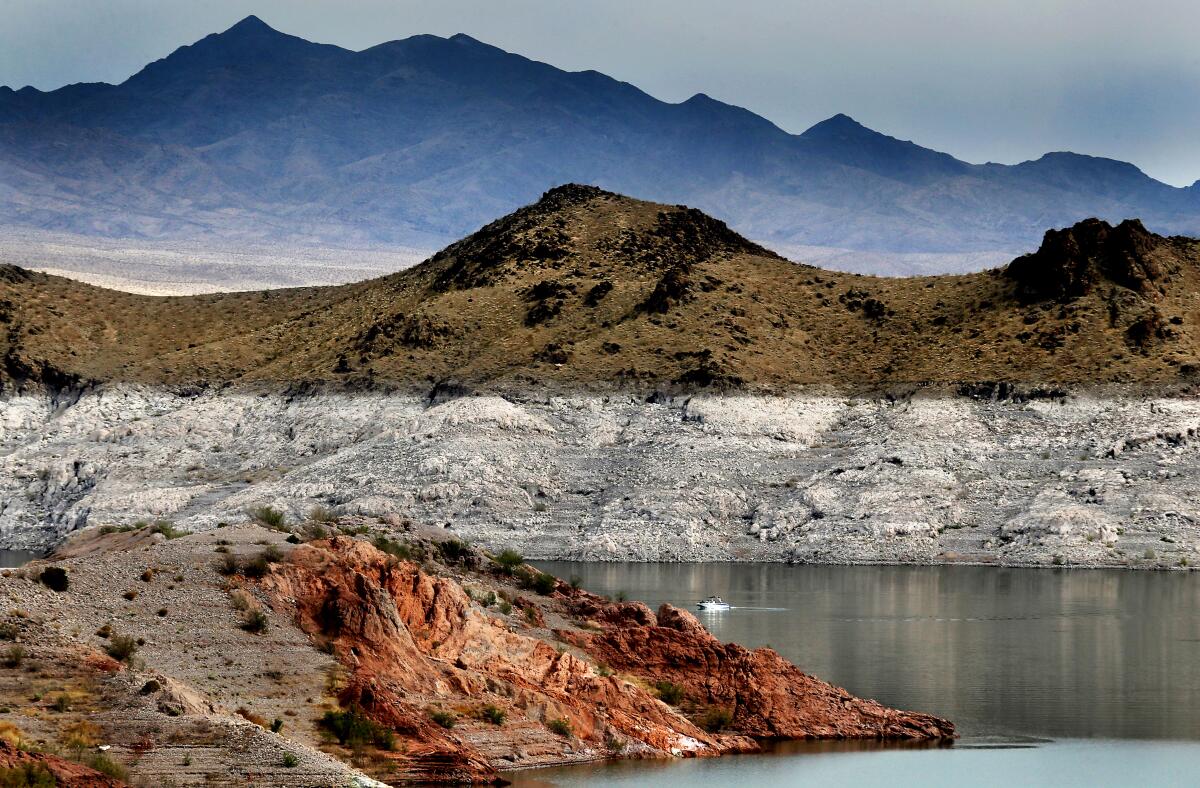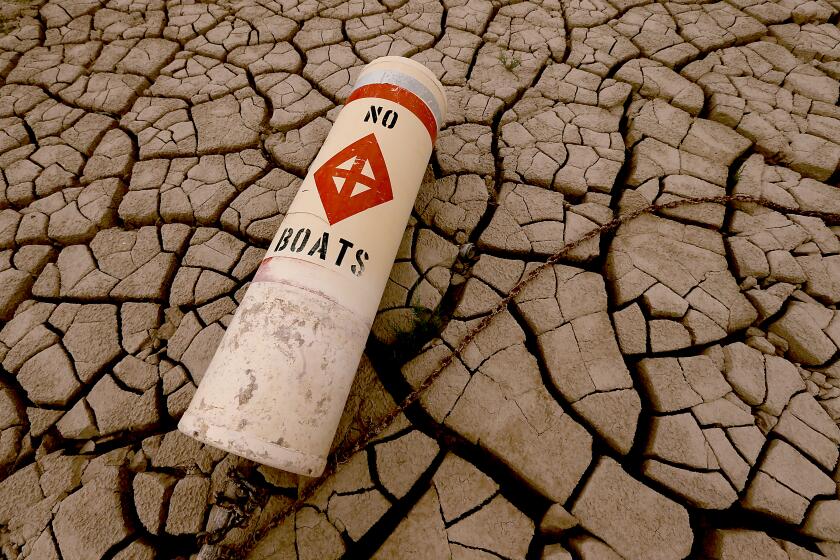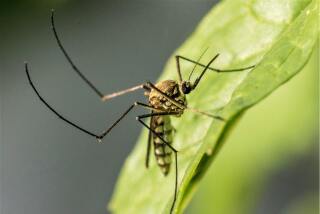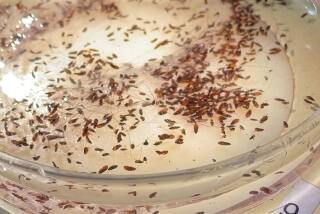Brain-eating amoeba killed boy after he swam in Lake Mead, authorities say

- Share via
A boy has died of a brain-eating amoeba infection after swimming in Lake Mead this month, authorities in Nevada said.
The patient, identified only as a male under the age of 18, is believed to have been exposed while on the Arizona side of the lake “at the beginning of October,” according to the Southern Nevada Health District.
He developed symptoms about a week later, health officials said.
The amoeba, formally known as Naegleria fowleri, is common in warm bodies of fresh water such as lakes, rivers and hot springs.
“My condolences go out to the family of this young man,” said Dr. Fermin Leguen, the district’s health officer. “While I want to reassure the public that this type of infection is an extremely rare occurrence, I know this brings no comfort to his family and friends at this time.”
Brain-eating amoeba? What is an amoeba/ameba anyway?
N. fowleri infects people by entering through the nose and traveling to the brain, health officials said. Though the infection is rare, it is “almost always fatal.”
The amoeba can’t infect people if swallowed and isn’t spread from person to person.
Once in the brain, it causes an illness known as primary amebic meningoencephalitis. Symptoms include headache, fever, nausea or vomiting and progresses to stiff neck, seizures and coma that can lead to death.
A patient will usually begin exhibiting symptoms about five days after infection, but they can manifest as soon as one day after or as many as 12 days after.
“Once symptoms start, the disease progresses rapidly and usually causes death within about five days,” health officials said.
Because the illness is so rare and the infection progresses rapidly, effective treatments have been challenging to identify, according to the U.S. Centers for Disease Control and Prevention.
“There is some evidence that certain drugs may be effective, but we are still learning about the best drugs to treat these infections,” according to the CDC.
Remains identified as Thomas Erndt, a 42-year-old Las Vegas resident, who drowned 20 years ago.
Last year, a 7-year-old boy died after contracting the amoeba in a lake in Northern California. According to the CDC, there have been up to five cases diagnosed annually in the U.S. from 2012 to 2021.
The amoeba occurs naturally in fresh water and there is no routine test for its presence, Nevada health officials said.
“Previous water testing has shown that it is regularly found in freshwater bodies, and though the risk is low, recreational water users should always assume there is a risk when they enter warm fresh water,” they said.
People should avoid jumping or diving into bodies of warm fresh water, especially during the summer, according to the CDC. Those going into the water should hold their nose shut, use nose clips or keep their head above water when swimming in warm fresh water.
The CDC also recommends avoiding putting one’s head underwater in hot springs and other untreated, geothermal waters, and avoiding digging or stirring up sediment in shallow, warm fresh water.
More to Read
Sign up for Essential California
The most important California stories and recommendations in your inbox every morning.
You may occasionally receive promotional content from the Los Angeles Times.












